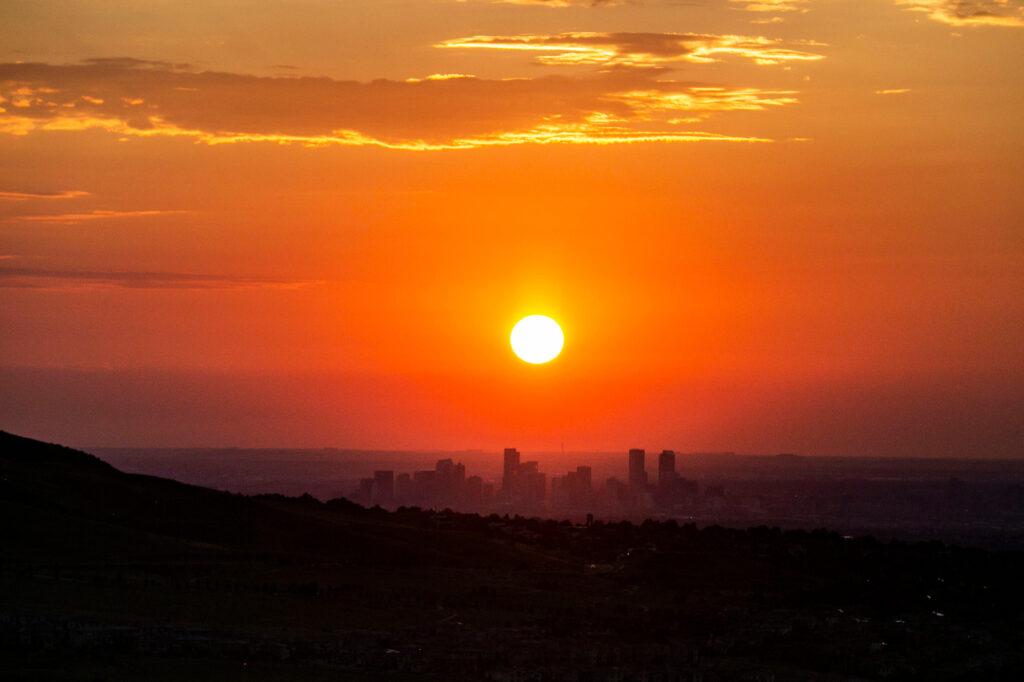Climate change is fueling environmental conditions that are worsening air quality across Colorado and other Western states, new data shows.
The data, recently released by the nonprofit First Street Foundation, show that residents who live in a pocket of northern Colorado in Larimer, Grand, Jackson, and Boulder counties can expect nearly a month’s worth of days in 2024 when the Air Quality Index is 100 or higher, which is considered the threshold for “unhealthy” air.
Wildfire smoke is responsible for the dominant air pollutant degrading air quality in this region and across much of Colorado: PM 2.5, shorthand for particulates that are smaller than 2.5 microns in diameter, which can burrow deep in the lungs and cause major health problems.
Ozone, which has been a dangerous and persistent scourge across the Front Range — and is the focus of a new regulatory overhaul proposal targeting drilling, fracking, and refineries being considered at the state Capitol — is the dominant pollutant in Douglas and Jefferson counties, the data show.

The analysis found wildfire smoke is expected to ramp up particulate pollution by as much as 50 percent across the West over the next three decades. That smoke will have the biggest health effects on residents near the fire, but air currents can shuttle sooty particles extreme distances and degrade air quality thousands of miles away — an experience both Coloradans and New Yorkers shared last summer when Canadian wildfires clogged skies across the continent.
The number of unhealthy air days is expected to increase in Colorado, too. The biggest increases are likely to happen in Grand, Gilpin, and Boulder counties, which could see up to five additional unhealthy air days annually by 2054, the analysis suggests.
The First Street data is based on a hyperlocal analysis that estimates air quality shifts. The analysis itself is not peer-reviewed, but the foundation’s model is based on methods its co-authors have published in peer-reviewed scientific journals.
Increased pollution triggered by heat waves, drought, and wildfires is creating a new “climate penalty” in the United States that could erase a half-century of air quality improvements enabled by tougher pollution regulations and other policies, the authors found.
“However, In recent years this trend in concentrations has reversed, at least partially due to increases in the occurrence of severe wildfires,” the authors write.
- To improve Colorado air quality, state Democrats propose overhaul targeting pollution from Suncor, oil and gas
- Suncor Energy agrees to the largest air pollution penalty in Colorado history
- ‘I expected more’: Denver leaders disappointed by governor, other cities’ response to immigration crisis
- Why Colorado should expect a drier future with more wildfires and air pollution
- As the world ends the hottest year recorded, scientists say it’s getting harder to predict Colorado’s climate









